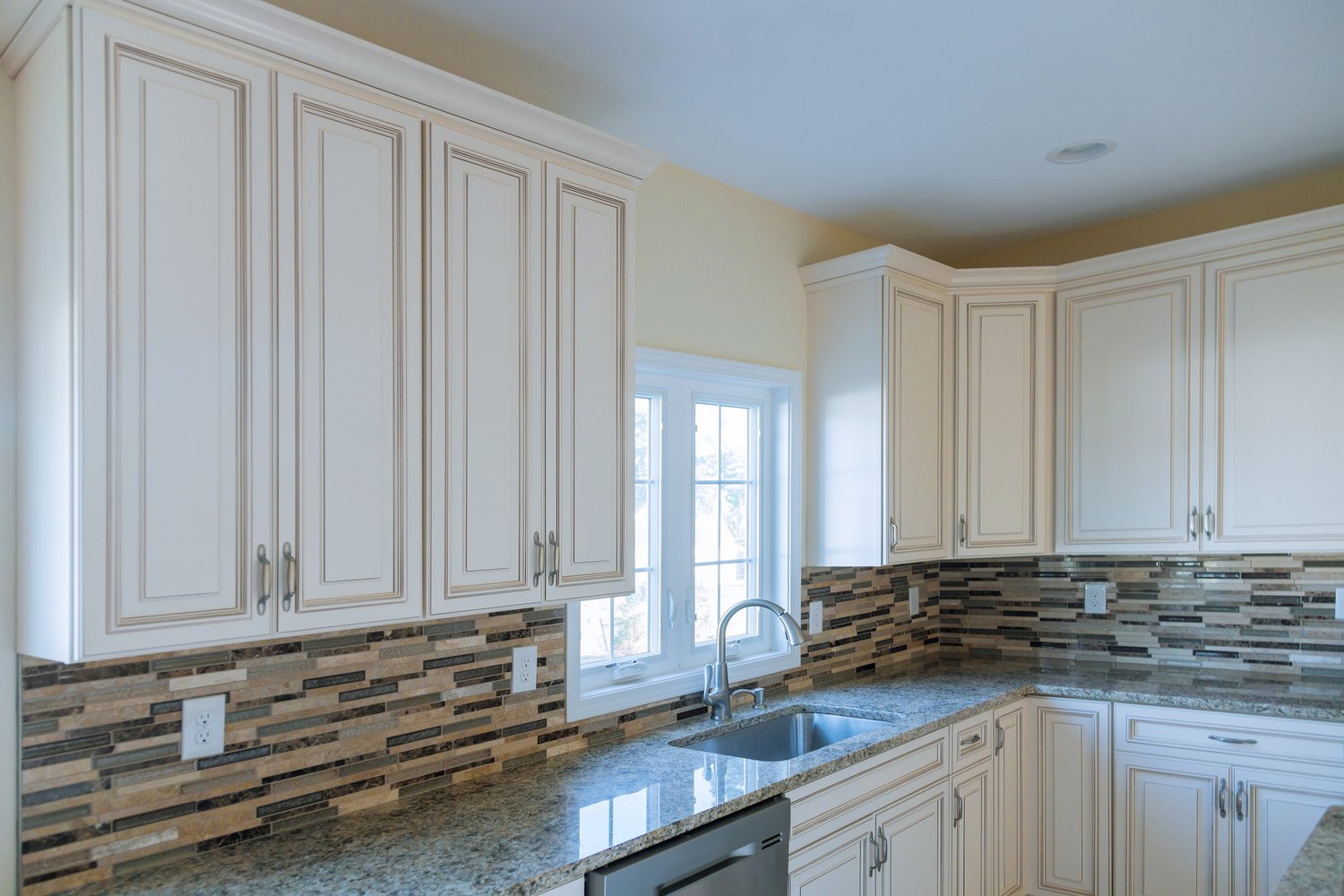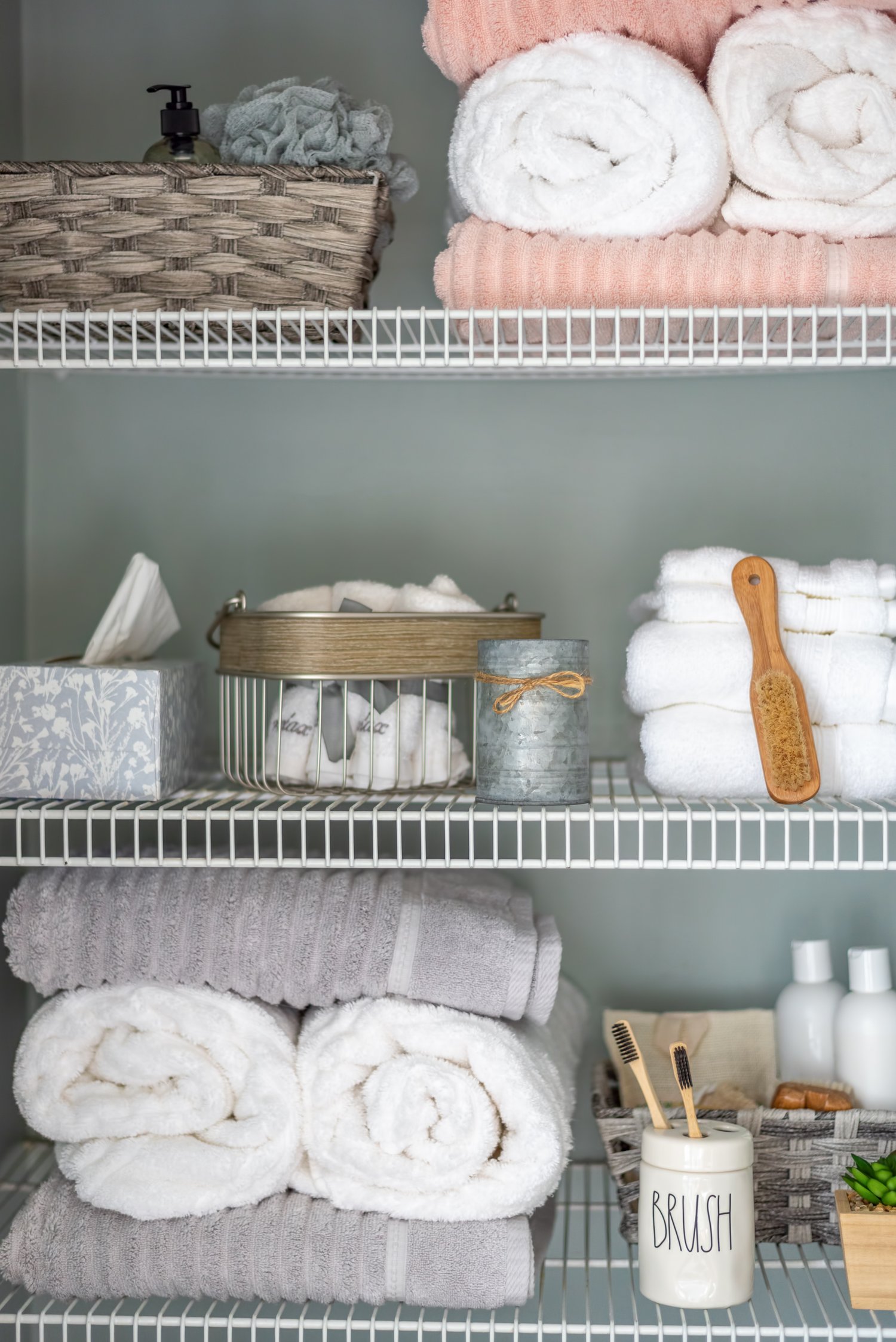Creating a home environment that balances safety, functionality, and fun for children is a priority for many parents. From securing potential hazards to implementing smart storage solutions, transforming your living space into a kid-friendly sanctuary requires thoughtful planning and organization. This article explores practical strategies for childproofing your home, managing toy clutter, and designing spaces that accommodate both adult aesthetics and children’s needs, ensuring your home remains a safe haven for your little ones as they grow and explore.
Understanding the Foundations of a Safe Home for Kids
Establishing a safe home for kids begins with seeing your living space from their perspective. Get down on your hands and knees to view your home from a child’s eye level—you’ll be surprised at what potential dangers become apparent. Electrical outlets, sharp furniture corners, and accessible cabinets containing hazardous items suddenly appear as adventure zones for curious toddlers. Implementing a comprehensive child proofing checklist is essential before little ones start crawling or walking. This should include securing heavy furniture to walls, installing safety gates at stairs, covering electrical outlets, and placing locks on cabinets containing cleaning supplies, medications, or sharp objects. Remember that childproofing isn’t a one-time task but an ongoing process that evolves as your child grows and gains new abilities.
Essential Child-Proofing Measures for Every Room
Each area of your home presents unique safety considerations. In the kitchen, install stove knob covers and appliance locks, and store cleaning products and sharp utensils in high cabinets with safety locks. Bathrooms require toilet locks, anti-scald devices on faucets, and secure storage for medications and personal care products. Living rooms often contain furniture with sharp corners that need bumper guards, while window treatments with cords should be replaced with cordless options to prevent strangulation hazards. Don’t overlook less obvious dangers like houseplants (some can be toxic if ingested) or small decorative items that could pose choking risks. Creating a safe home environment doesn’t mean eliminating style—it simply requires thoughtful modifications and strategic design choices that accommodate children’s safety while maintaining your home’s character, as experts at AskHomey often recommend to parents renovating with young children in mind.
Smart Storage and Toy Organization Solutions
Perhaps one of the greatest challenges for parents is managing the ever-growing collection of toys and children’s belongings. Effective toy organization solutions begin with establishing designated play areas where items can be easily accessed and, more importantly, returned after use. Consider furniture that serves dual purposes: storage ottomans that hold toys while providing seating, bookshelves with fabric bins for easy cleanup, or beds with built-in drawers underneath. Rotate toys regularly, keeping only a portion accessible while storing others away, to reduce clutter and renew interest in forgotten items. Label storage containers with pictures for pre-readers so children can participate in cleanup independently. Creating a system where everything has a designated home makes tidying less overwhelming for both parents and children, fostering habits of organization that benefit the entire family.
Creating Functional Kid-Friendly Home Ideas
Beyond safety and organization, truly kid-friendly homes incorporate design elements that support children’s development while seamlessly integrating with the overall home aesthetic. Consider creating a reading nook with comfortable seating and accessible bookshelves to encourage literacy, or designate a small area for artistic expression with washable wall paint or a chalkboard wall. In dining areas, select durable, easy-to-clean materials and consider adjustable seating that grows with your child. Outdoor spaces can be transformed with weather-resistant storage for toys, child-safe plants, and defined boundaries for play areas. Incorporate elements of the Montessori approach by making appropriate items accessible to children—lower hooks for jackets, open shelving for frequently used dishes, or step stools at sinks—encouraging independence while reducing frustration. These thoughtful kid friendly home ideas create an environment where children can thrive without the entire house feeling like a daycare center.
Maintaining Balance: A Home for Everyone
The most successful kid-friendly homes acknowledge that the space belongs to everyone in the family. Designate certain areas as adult zones with minimal childproofing, giving parents spaces to retreat and maintain their sense of style and sanctuary. Teach children from an early age to respect these boundaries. Similarly, involve children in age-appropriate decisions about their spaces, allowing them to express preferences for colors or themes within parameters you define. This collaborative approach helps children feel valued while teaching them about compromise and shared living. Remember that a perfectly organized, immaculate home is rarely compatible with the reality of raising children. Adjusting expectations and focusing on systems that are sustainable rather than perfect will reduce stress and foster a happier home environment for everyone.
For more tips and to connect with reliable home service professionals, follow AskHomey on Facebook and Instagram.



